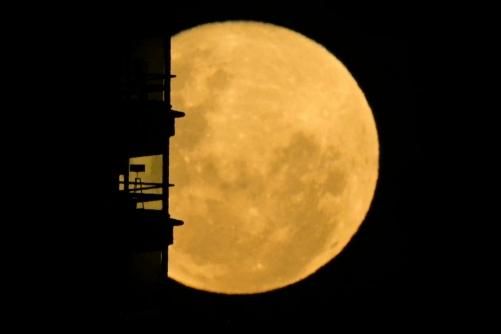Scientists have discovered water inside glass beads scattered across the Moon, indicating that it could be used by future explorers. The Moon was believed to be a dry place, but recent missions have shown water to be present on its surface and trapped inside minerals. A recent study discovered that glass beads formed by meteorites hitting the Moon are “probably the dominant reservoir involved in the lunar surface water cycle.” The team analyzed 117 glass beads collected by China’s Chang’e-5 spacecraft and found them to be a potential source of water, suggesting that extracting it from the lunar surface could be a valuable resource for future Moon exploration missions. The discovery could have significant implications for future space exploration and may provide a new source of water for future long-term missions.
Water Discovered Inside Glass Beads on the Moon, Could Be Used by Future Explorers | The Daily Tribune
Scientists have discovered water inside tiny glass beads scattered across the Moon, indicating that it can be extracted and used by future explorers. The Moon was previously thought to be a dry place, but in recent years, several missions have revealed that water is present both on the surface and trapped inside minerals. Planetary science and exploration Professor Mahesh Anand from the UK’s Open University stated that water molecules can be observed “hopping over the lunar surface” in sunny conditions, but the source of the water was previously unknown. A recent study published in the journal Nature Geoscience discovered that the glass beads are “probably the dominant reservoir involved in the lunar surface water cycle.”
The research was conducted by a team led by the Chinese Academy of Sciences. The team analyzed 117 glass beads that were collected by China’s Chang’e-5 spacecraft in December 2020 and brought back to Earth. The beads are formed by small meteorites that bombard the Moon’s surface, which lacks an atmosphere for protection. The heat of the impact melts the surface material, and the resulting glass beads are round and roughly the width of a strand of hair. The scientists believe that the glass beads are “a potential source of water,” and that the extraction of this water from the lunar surface could be a valuable resource for future missions.
Prev Post
Netanyahu pauses judicial reform in strike-stricken Israel
Next Post
Egyptians cling to Ramadan charity as inflation soars
Don’t miss interesting posts on Famousbio
